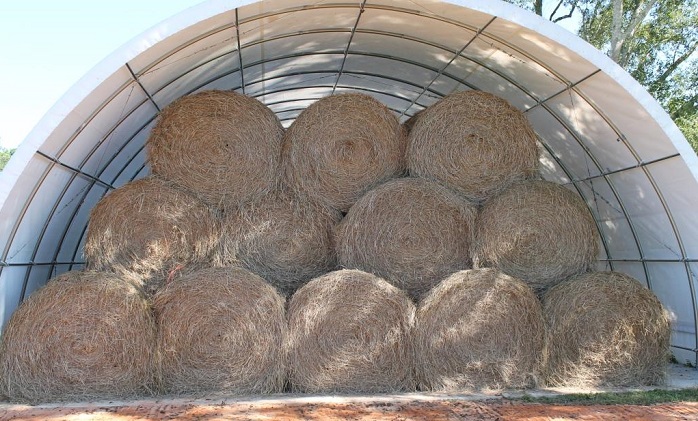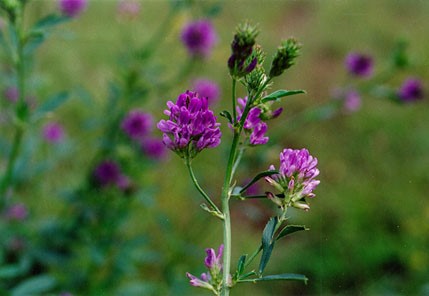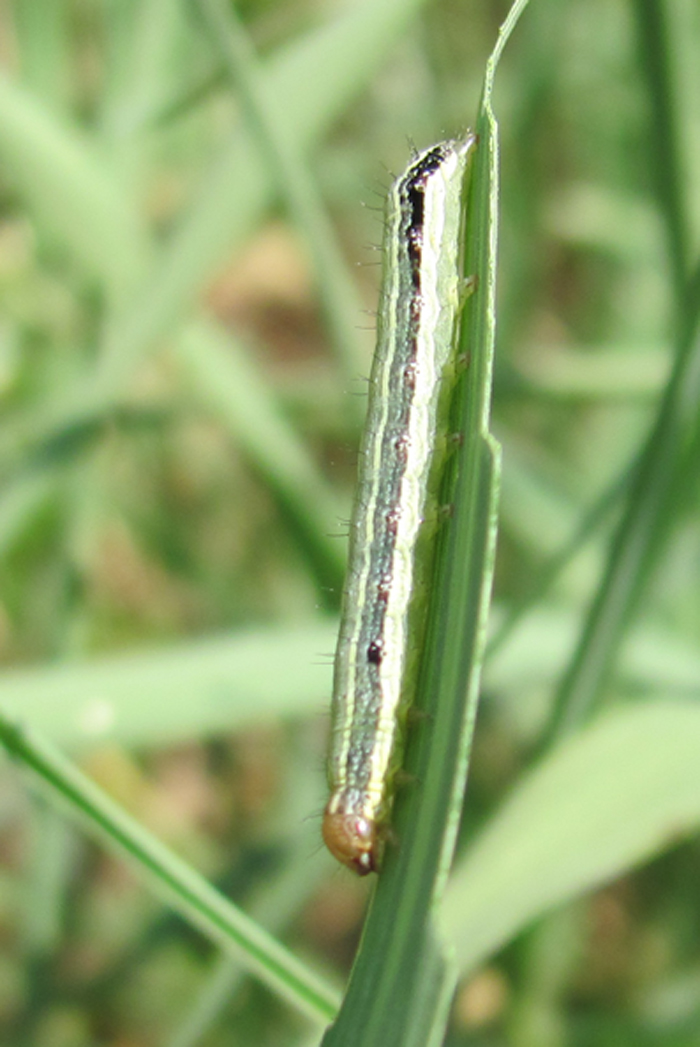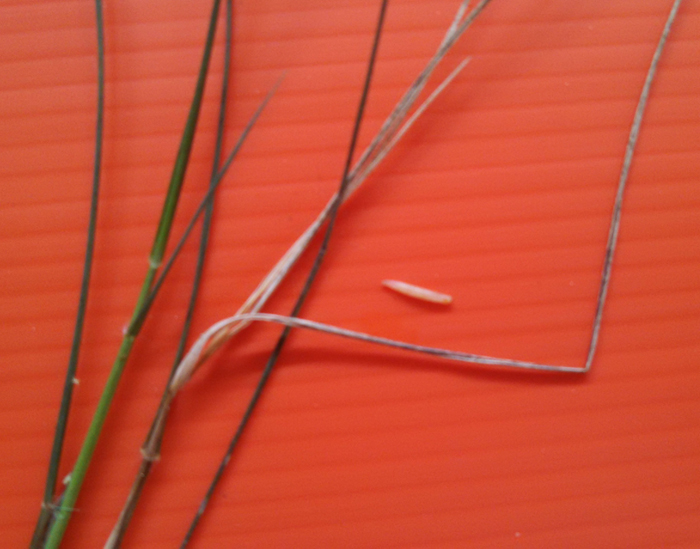by Doug Mayo | Aug 15, 2014
Dr. Henry Grant, County Extension Director, Gadsden County Extension Service Annually, variety recommendations are given to livestock producers for planting cool season grasses such as oats, rye, and ryegrass as a standard to provide winter and spring forage for their...

by Mark Mauldin | Jul 25, 2014
It’s mid-summer, rain fall has been adequate, and hay barns are starting to fill up across the Panhandle. Recently, I had the opportunity to visit several Bermudagrass hayfields that were not producing up to their potential for both yield and quality. A common trend...

by Ann Blount | Jul 18, 2014
It is hot outside and the furthest thing from most cattleman’s minds is what forages to plant this fall. Next week, the University of Georgia, Auburn University, and University of Florida forage workers meet to discuss winter forage trial results from this past year...

by Doug Mayo | Jul 18, 2014
Every summer, fall armyworm moths fly up from South Florida to lay their eggs in well fertilized hay fields and forage crops in the the tri-state region. The timing of the first major infestations varies from year to year, from May through August. Judging by reports...
by ndilorenzo | Jul 11, 2014
Nicolas DiLorenzo, State Beef Specialist, University of Florida NFREC With the hay season in full swing, we are now ready to reap the benefits of the combination of temperature and moisture to be able to (hopefully) lower our feed bill later in the year when the grass...

by Russ Mizell | Jul 11, 2014
Bermudagrass Stem Maggot Likely to Increase in North Florida Liza Garcia-Jimenez, UF/IFAS NFREC IPM Program The first high populations of Bermudagrass stem maggot (BSM), Atherigona reversura, are now occurring in Central Florida and likely will be seen in North...




